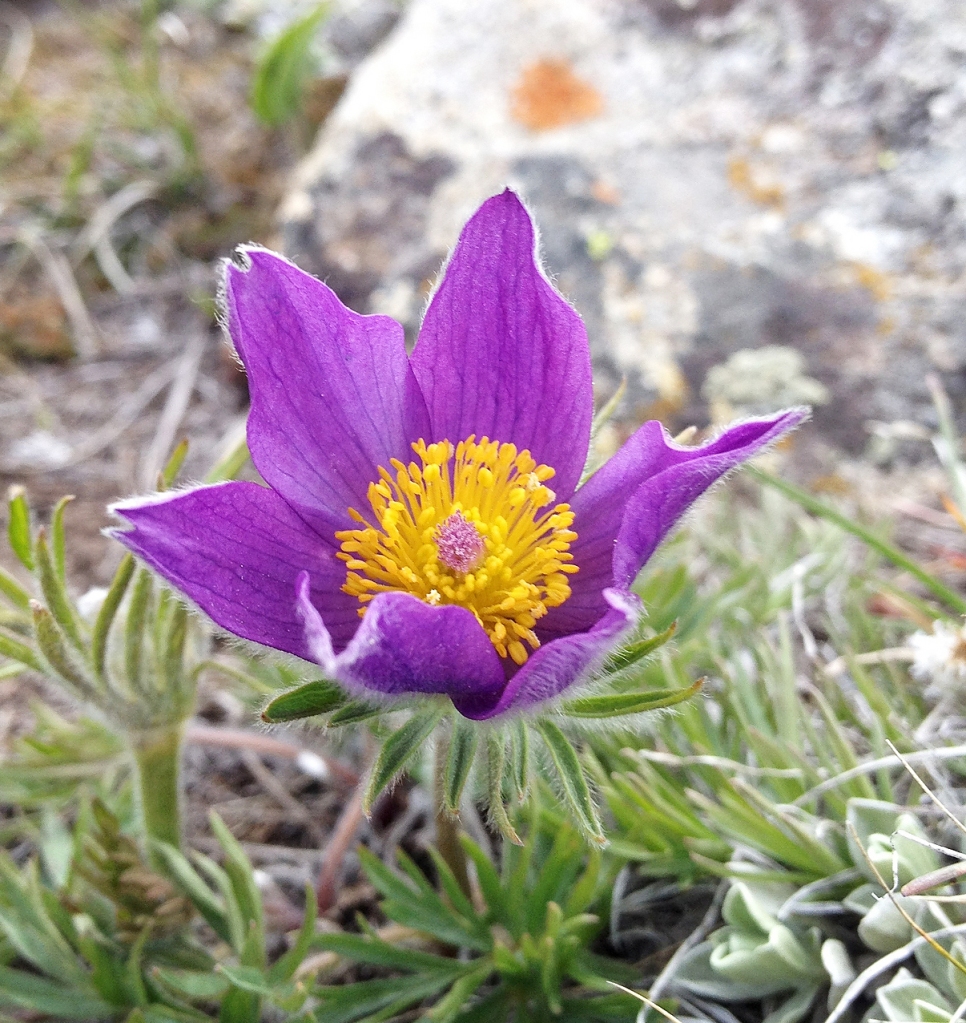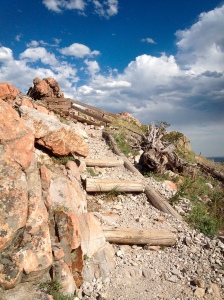(actually covers June 10-12; reposted from
here)
I was told to blog about this journey of ours into the Heart of the Land, out West, in search of the Native American dream, and quickly realized my humble haikus would not suffice for a proper historical account of the trek. The man, Dr. Kenneth Ridgeway, a professor of geology of the Lenape people rounded us up. A rag-tag amount of Purdue and Ft. Louis students with native blood, eager minds, and highway-bound hearts. This coverage of our story will be of the utmost professionalism, of the utmost Indigenous perspective, of the utmost rawness, of the utmost truth, and the utmost utmostness. Such is the duty. The plot of the story is to read the land and understand its body — her body — and flesh and bone and how she has suckled our peoples in the forgotten years that textbooks don’t remember or record and only exist in elder memory. How our Mother Earth’s body has suffered and born the assault on her by industry and the efforts of economy and energy and that horrible, savage, comfortable thing called civilization. We aim to see how the energy and lifeblood pulled from her in coal mines and coal fields and oil wells and clotted in her veins in the form of dams and man-made lakes and unnatural rivers’ widths have changed and stunted the growth of her children, and how these things matter, and how they tug at the strings of our peoples’ and our brothers’ and sisters’ peoples’ hearts. This is the setting, in the American west, on the road up to the Rockies, where continental plates kiss and collide, and the dreams of America’s natives shimmer and fade and sometimes disappear and then burn brighter.
We tumbled out of Indianapolis on a Sunday dawn and near noon found ourselves in an airport in Bismarck, ND that could only be described as “cozy.” We rented four great metal gasoline-fueled beasts that could carry us on our journey and headed into the road-hewn prairie. Grass and grass for miles. Flatlands that stretched toward the horizon. An endless wind that can knock you down rocks our wheeled beasts and tries to throw us off the road.

And then we’re at Knife River and come to the plains where three villages once stood in a metropolis of earth lodges that’s now just mounds of soil and grass. By a temperature-controlled visitors’ center with pieces of history and vestiges of day-to-day life from a life three hundred years ago all

locked behind glass and display cases, a reconstructed home of earth rises from the ground outside, beside a dirt footpath. We slouch inside and the dirt walls break the wind and in place of its terrible howl a deep quiet falls. Inside the upside-down half-sphere of dried mud and twigs, supported by great beams of wood, everything is roped off. We listen to brief history lesson from a uniformed ranger and retire outside again and walk to where the villages once stood, and what is left is bumps and gooseflesh on the body of the prairie, like pox scars, which is really what they are
And we’re off again to pick up a misplaced companion in Minot, ND, whose flights were shuffled and rearranged in the great bureaucracy of the airline empire. Eat at a diner full of aliens and spaceships. Sleep tonight in a hotel with a roof over our heads.
In the morning we’re on the reservation. These places are truly the badlands. No cell signal penetrates and we are cut off. But this is a busy remote place, rumbling with the promise of oil beneath our feet, and beasts greater than ours hauling frack water lumber down dirt roads, blowing up dust and dirt in their wake, like terrible, mobile storms. We find a comrade, an old friend, a little Hidatsa woman with a big soul and a motherly face with lines of worry and wisdom, who offers her house and grounds and we set up camp in a

front yard that flows into forest, and behind us a backyard that ends at the horizon. We listen to her. We amble up the dirt road and talk to a man we have never met who is immediately old family and has lived through several endings of the world across the globe and has the knowledge of experience. We inhale their wisdom and learn of the aches of this place at the edges of the badlands.

The Hidatsa, the Mandan, and the Arikara lived here. Live here. Hold on here. Farmers, hunters, engineers. They farmed the land by the river. They hunted the buffalo. They thrived. We see their remnants. We breathe in the the remains of their culture and hold it in our lungs in the belly of a great community earth lodge as a young Mandan man speaks over the lump in his throat of the blankets they were traded that hid smallpox in the threads of their weaves. He doesn’t need to cry. We see the pain. Of the tens of thousands that inhabited this land, 137 were left alive. In all the world, in all the universe, there is one fluent Mandan speaker who still breathes. This is the meaning of genocide. This is what it means to pierce the heart of a people.
And everywhere we go in this land, people tell us about the dam. A disease can ravage a people, but it cannot kill them. Not strong ones, anyway. The machinery of destruction is more subtle. In this replicate womb of soil and timber, there looms a photo of a Mandan tribal chairman in tears after signing away a quarter of the reservation to the construction of the dam. The illusion of choice without a choice is an insidious tool. The heaviness in his heart weighs heavily in the soil-scented room. The old lands are flooded. The geography is changed. The tribes are “relocated.” The good people in Bismarck don’t have to worry. If the white people don’t like this land, they just change it. This is surgery of the worst kind, and there is no anesthesia. There is alcohol and sex and drugs. But self-medication cannot heal these wounds.
And everywhere we go in this land, people talk about the oil. We hear it from the tribal government mouthpieces and from the lips of the everyday, unconnected Indians. We hear different stories. After so many plagues, a hope comes from the very land that has always sustained these people. Black gold lies beneath their feet. And so it begins again. The oldest kind of white man’s magic: making land disappear with the empty paper promises. There are dollar signs in the eyes of many Indians. The eldest ones already know. We have been tricked too many times, and this gift must be used wisely. Will it? Will it? Will it?
Look at the earth. Her bones are being broken where no one can see. The marrow is dumped out beside the road. She bears this pain for us. It’s a second chance. What shall we do now? What will come of it? Only our children will know.
We visit the tribal college at Fort Berthold. The walls are painted with beautiful scenes of unsmiling Indians. Sunlight covers the classrooms. The students here are mothers and fathers and sons and daughters. Many leave and then come back. The struggle is ongoing, but the fight is a good one. We like this place. The facilities are nice. The bathrooms are clean. But will the minds here save this place? This reservation?
We don’t know. So we fall back to our camp and minds drift into the night.



 Rocks in the distance call our name and we answer, running and bounding, and lo! snow just over the rocks, and more rocks and more rocks to climb.
Rocks in the distance call our name and we answer, running and bounding, and lo! snow just over the rocks, and more rocks and more rocks to climb.
 Rocks in the distance call our name and we answer, running and bounding, and lo! snow just over the rocks, and more rocks and more rocks to climb.
Rocks in the distance call our name and we answer, running and bounding, and lo! snow just over the rocks, and more rocks and more rocks to climb.















